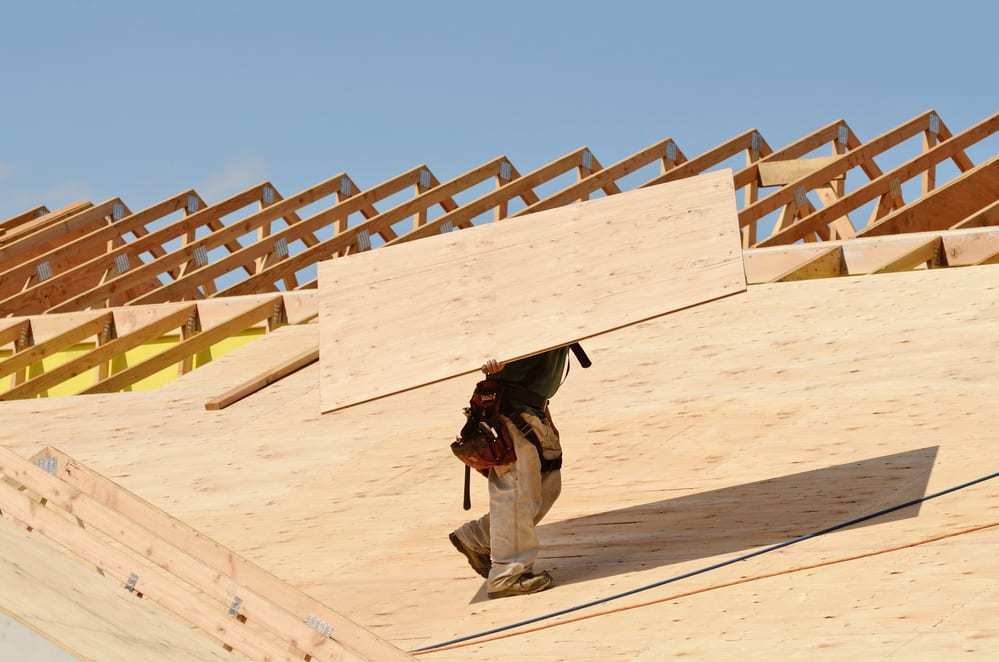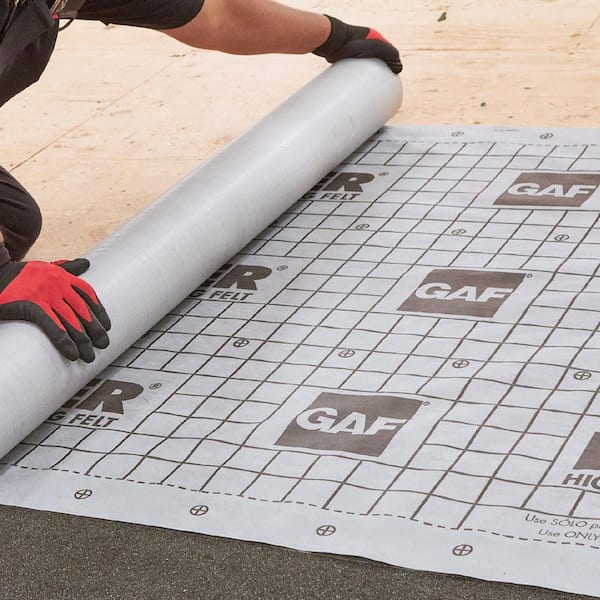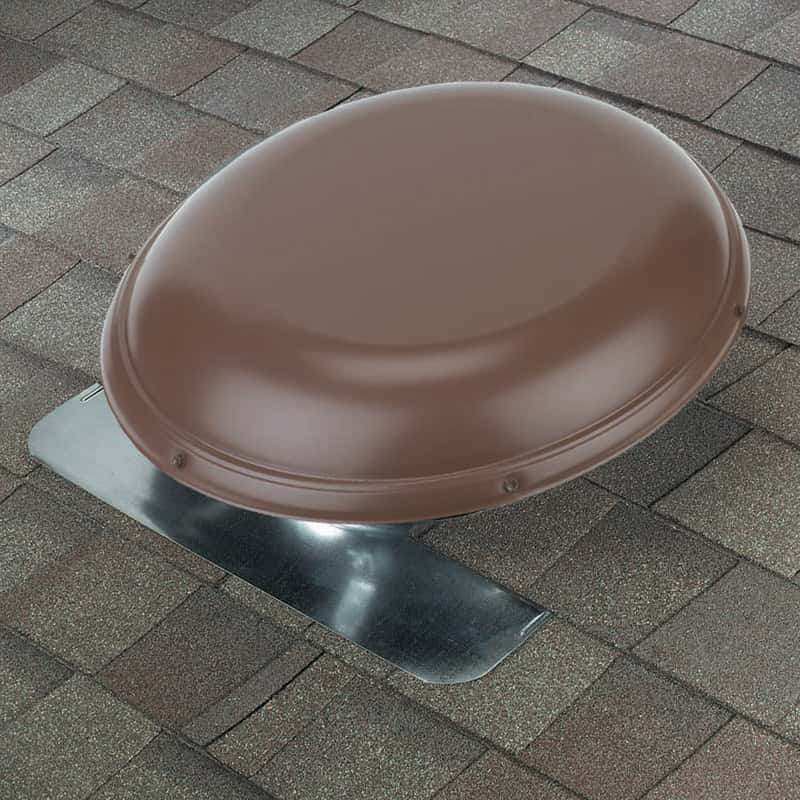Residential Roofing
Your home warrants optimal safeguarding against the elements, which commences with a dependable and robust roof. However, the plethora of roofing materials and systems can make the selection process overwhelming. To assist you in making an educated choice, we’ve assembled a detailed guide to residential roofing.
Roofing
Done Right
Thousands
of Happy
Customers
Over 20+
years of experience
A roofing system is made up of several components, including:

Decking
Decking is the structural base of your roof. It is the layer upon which the underlayment and shingles or other roofing materials are installed. The most common decking materials for residential roofing are plywood and Oriental strand board (OSB). The thickness of the roof deck depends on the spacing between the roof framing members and the local building codes.
Underlayment
Underlayment is the layer of protective material that sits between the decking and the shingles. Its main function is to protect the decking and the interior of your home from moisture penetration. The two most common types of underlayment used for residential roofing are felt paper and synthetic underlayment.
Felt paper is an organic, tar-saturated paper that has been used for many years as the standard underlayment for residential roofing. It is inexpensive, easy to install and provides an acceptable level of protection against moisture. However, it has some drawbacks, such as being prone to tearing, wrinkling and buckling, especially in high wind conditions.
Synthetic underlayment is a newer, more advanced product that has been gaining popularity in recent years. It is made of a polymer material that is much stronger and more durable than felt paper. It has several advantages over felt paper, such as being tear-resistant, wrinkle-free, and UV-resistant. Additionally, it can be left exposed for up to six months without deteriorating, allowing for longer construction schedules.


Ventilation
Proper ventilation is essential to maintain the longevity of your roof. Inadequate ventilation can lead to moisture buildup and damage to your roof structure, which can lead to costly repairs. Good ventilation can also help regulate temperature and reduce energy costs by preventing heat buildup in the summer and ice dam formation in the winter. A roofing professional can assess your ventilation needs and recommend the best solution for your home.
Flashing
Flashing is a thin, weather-resistant material used to seal gaps and prevent water from penetrating the roof. It’s typically made of metal or plastic and is installed around chimneys, skylights, vents, and other areas where the roof meets a vertical surface. Properly installed flashing can prevent leaks and water damage to your home’s interior. A roofing professional can inspect your flashing and make any necessary repairs or replacements.

Types of Residential Roofing
There are a variety of roofing materials available to protect your home, and each comes with its unique benefits and drawbacks. Here are some of the most common type of roofing for residential neighbors:
Shingle Roofing
Shingle Roofing
Metal Roofing
Metal Roofing
Slate Roofing
Slate Roofing
Fortified Roofing
Fortified Roofing
Here are some of the praise-filled reviews we've received:
"I wholeheartedly recommend Clear Home for any roofing needs. They conducted a comprehensive inspection, clarified the issues in understandable terms, and provided an itemized quote. The repairs were carried out on schedule, within the stated budget, and caused the least amount of disruption. Truly a top-notch service!"
"Clear Home surpassed all my expectations. Their team was professional, punctual, and the level of detail they paid attention to was truly remarkable. They managed to replace my roof quicker than anticipated and left my premises in pristine condition. I couldn't be more pleased with the outcome!"
"My experience with Clear Home was exceptional. Their in-house financing options made it possible for me to replace my old roof without any financial stress. The quality of their work is unparalleled, and their customer service is world-class."
"When a storm wreaked havoc on our roof, we turned to Clear Home. Their Storm Recovery Initiative was a godsend, guiding us through the insurance claim and promptly mending our roof. Their dedication to customer satisfaction is apparent in every aspect of their work."
"Clear Home recently undertook a complete roof replacement for our home. Not only are we now protected by a stunning, robust roof, but we also highly valued the team's respect for our property and their stellar communication throughout the project."
"I give my highest recommendation to Clear Home for any roofing needs. They carried out a meticulous inspection, succinctly explained the issues, and gave a thorough quote. The repair job was done on time, adhering to the budget, and with minimal disruption to our lives. Truly a five-star service!"
